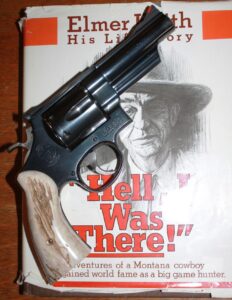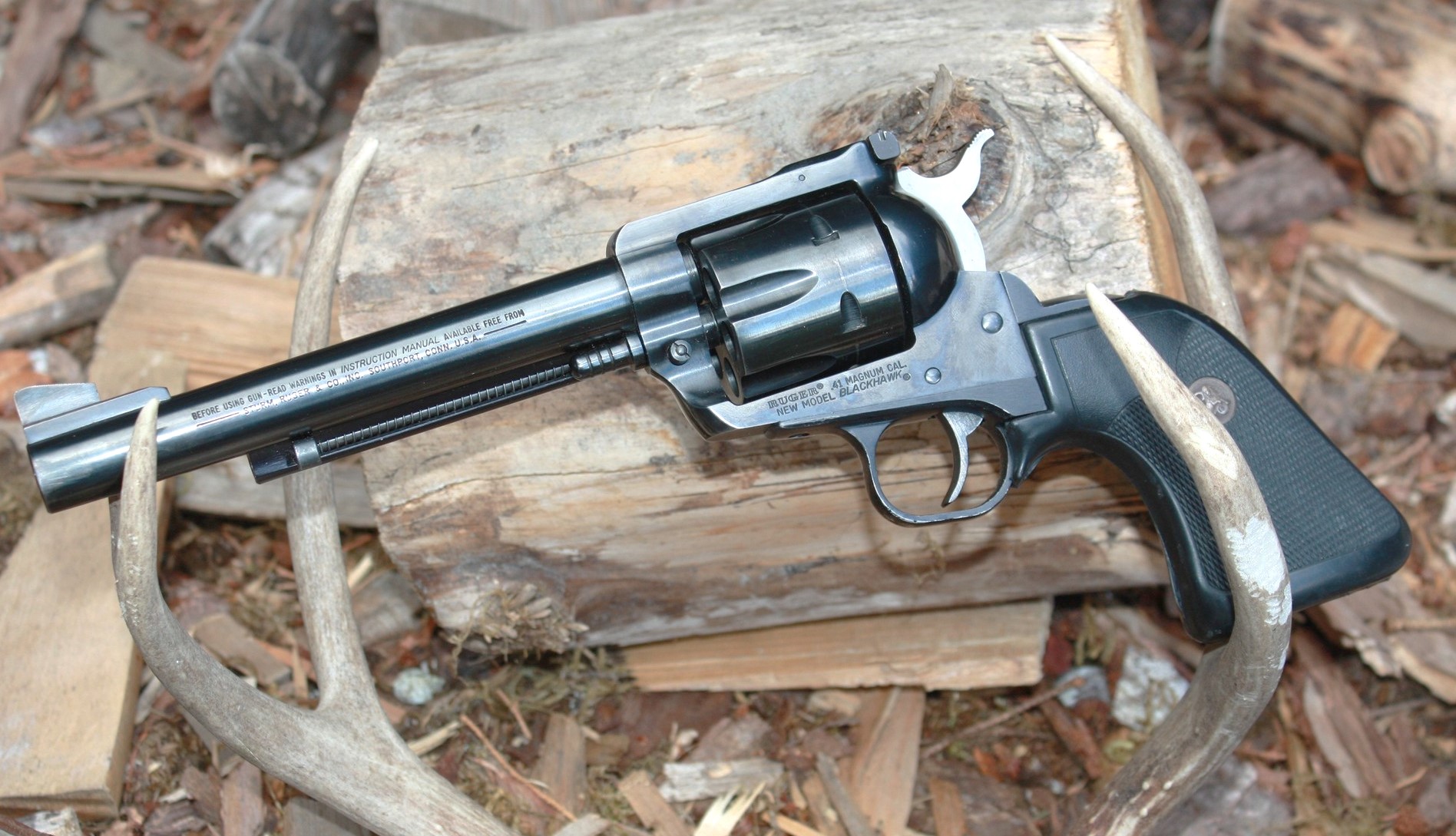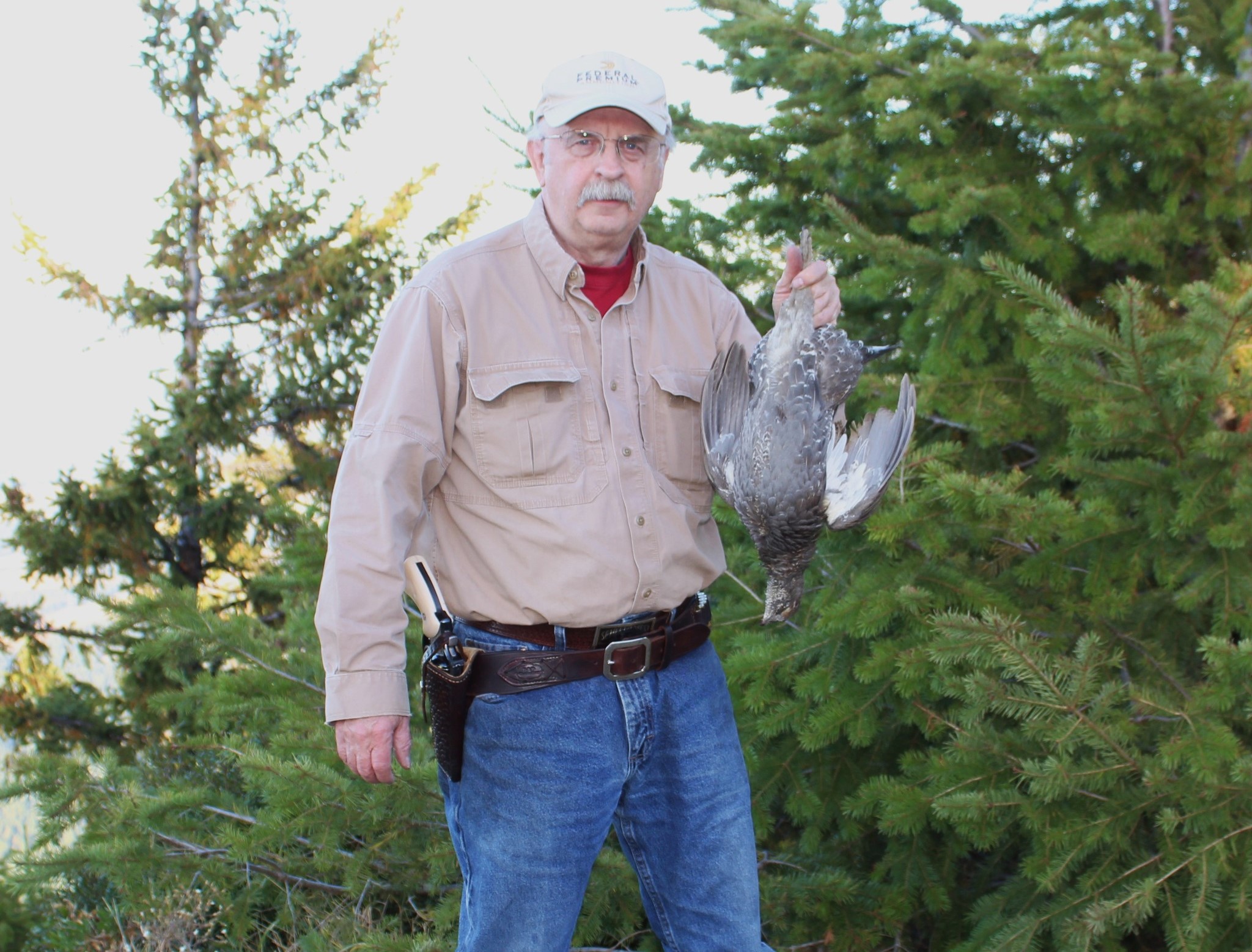
By Dave Workman
Editor-in-Chief
My preference for handguns chambered for the .41 Magnum cartridge is widely known, but only in recent times have I figured a better way to explain this other than to acknowledge being something of a maverick.
Never cared for the .44 Magnum, which is kind of a faker, anyway, since it really launches a 0.429-inch projectile, while the .41 Magnum boots out a true 0.410-inch bullet, on the same order as the venerable .357 Magnum, which sends a 0.357-inch pill downrange at warp speed.
Earlier this year, chatting with fellow handgunner Guy Makaad at the annual Elmer Keith Memorial Long Range Handgun Shoot, reminded me that the chamber of a Model 57 Smith & Wesson in .41-caliber is just enough thicker than that of the Model 29 in .44 Magnum, that it will take full power loads quite well.

Some days ago, chatting with longtime pal and fellow gunwriter/editor (now retired) Jan Libourel, he coincidentally mentioned the same thing.
Makaad always shows up at the Keith shoot with a Model 57 sporting an 8 3/8-inch barrel, and it’s a superbly accurate sixgun.
Back in 2009, if my recollection is accurate, I was using some pretty stout loads in my 6-inch Model 57 during a practice session at the Keith shoot when, according to the guy who was spotting for me at the time—Ed Parry—I actually managed to hit the long distance target, approximately 600 yards away, which is placed to allow people with illusions of grandeur to duplicate (if they can!) the 600-yard fatal shot Keith made on a mule deer buck in southeast Idaho. This controversial shot has been dissected and discussed at length by various writers including yours truly here and here, and my colleague Jeff “Tank” Hoover.
The key to all of this is the slightly thicker chamber walls. While N-frame S&W revolvers are available for both calibers, the chamber wall thickness is just that much more for the .41 than the more famous .44. I don’t care to push the envelope when handloading, but I can attest to the fact that full-power loads in my sixguns can reach out and touch something.
NOTE: Never exceed maximum loads recommended in any reloading manual.

None of the deer I’ve shot with .41 Magnum revolvers were farther than 35-40 yards, but a deer-sized animal is not too hard to hit with a handgun, within 100 yards or maybe a bit farther, provided the shooter does his/her part. The knockdown power of a full-house .41 Magnum has been satisfactorily demonstrated by others, in the pages of various firearms periodicals, and a quick check with the 2024 Hodgdon Annual Manual confirmed that a 210-grain Nosler JHP ahead of various propellants can reach 35,800 psi, so you definitely get the advantage of a slightly thicker chamber wall to handle it.
An earlier edition of the Annual Manual pegged the chamber pressure of a load I’ve used—a 210-grain Hornady XTP over 22.0 grains of Hodgdon’s H110—at 36,400 CUP (copper units of pressure), which does produce a pretty stout recoil.

In my conversation with Libourel, he chuckled at the notion of the .41 Magnum not being capable of stopping something/someone in their tracks to preclude the necessity of reloading, and he made a slight reference to the strength of the handgun.
With winter coming on, I just might once again start packing my 6-inch Model 57 in its vintage Safariland shoulder holster when making tracks in the snow somewhere off the pavement, in any direction of nowhere. That’s a place I’ve habitually visited in the past this time of year, and it is known to be home to assorted furry things with claws and teeth. As noted in my previous installment, there are always a couple of good speedloaders in my pocket, or maybe a full cartridge belt around my middle; enough to make some noise!
There are many different suitable propellants for magnum handgun cartridges, including H110, Alliant 2400 (if you can find it), Accurate No. 7 or 9, Enforcer, Winchester 296 or Unique.

Where bullets are concerned, I’ve used Nosler, Sierra and Hornady JHPs, and lately experimented with hard cast lead semi-wadcutters weighing 200, 215 and 225 grains with some satisfaction. I also still have a half-filled box of the now-discontinued 220-grain Speer half-jacketed softpoints with their semi-wad profile, and some 200-grain Speer half-jacketed hollowpoints, which I used to faithfully load ahead of 2400 when it was produced by the old Hercules company. Out of a 6 ½-inch Ruger Blackhawk, that 200-grainer could do just about anything except shoot around corners!
For those who load their own ammunition, attention to the gun in which it will be used is important. This is especially true for folks loading up .45 Colt cartridges. In the various loading manuals, you will find notations about loads suitable for use in handguns such as the Model 1873 Colt SAA and Ruger New Vaquero, and other loads which should only be used in sturdier handguns such as the Ruger Blackhawk or Thompson/Center single-shots, with their thicker chambers. Follow those guidelines strictly, and you should never run into trouble.
Stay safe and shoot straight.


